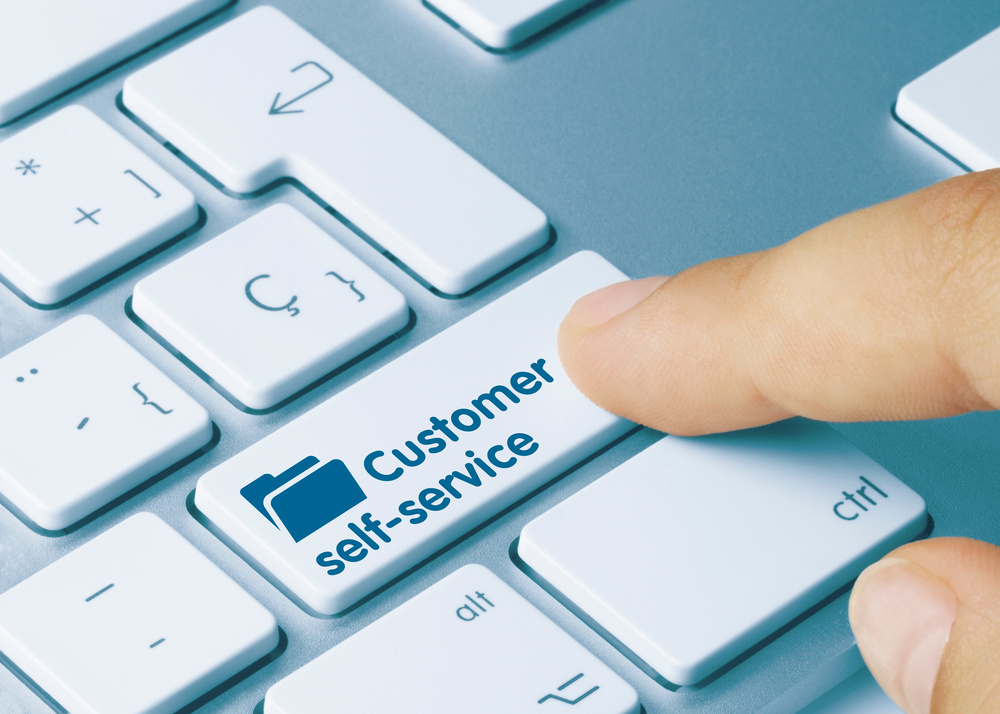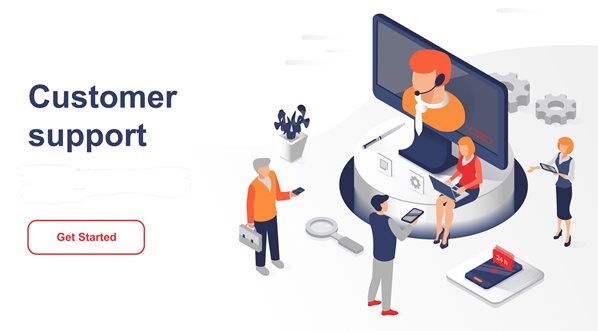
A website is one of the touchpoints where your customers can interact with your brand or business. It communicates all your products and services to them from a single click on your website.
Setting up a website that attracts traffic to your doorstep is a huge undertaking. You must first learn how to optimize the search engines and post relevant content for your target audience. Afterward, provide solutions to the customers as promised on your website.
If your target audience enjoys the experiences, your business revenue might increase significantly. As online sites like the Boldist explains, providing customers with inclusive self-service options on your website is critical. Here’s how to do it. Keep on reading to learn more.
1. Answer All Client Queries
It’s crucial to answer your audience’s questions quickly and effectively. Some may need a quick solution and can’t wait for days to get feedback from you. It’s a process that needs a careful review of the self-service prompts you present on your website.
You can begin by looking at the frequently asked questions (FAQs) as metrics to inform your choices of customer self-service menu. It’ll simplify your work when setting up the support channel on your website. In addition, you can get content ideas to generate more information about marketing your brand.
2. Use Simple Displays
Be mindful of the audience’s comprehension of the information you post on your website. Put yourself in the customers’ and use simple language that’s easy to understand and implement. Avoid technical information, and language can chase people away from your website.
You can leverage the SEO optimization tools that provide templates to support web development. A simple interface is the most desirable option and can make your work easier. You can develop or demonstrate step-by-step actions for customers to solve queries.
However, you must maintain relevance as you create the customer self-service platform. Proofread everything before posting it to the customer to avoid posting conflicting information.
3. Encourage Self-service Options Onsite
When populating your website with content, creating or promoting other alternative solutions within your online omnichannel is crucial. It’s called backlinking in SEO practice that connects the dots for customers visiting your website and interacting with the content.
Tools and tricks such as ticket deflection can help deploy customer self-service tasks onsite. It helps to promote your website and encourage the audience to view more about your brand. So, reviewing tools that can effectively support the customer’s navigating through your website is crucial

4. Provide Informative Content
Customers’ self-service options need to be straightforward and give well-analyzed solutions to your audience. It communicates more about your brand than the website, and you must provide informative content.
In most cases, the traffic coming to you wants to fix something or past events. So, you must provide a solution by explaining what actions to take and the probable outcome. It’ll mean using the simplest language regardless of your experience or expertise.
5. Promote Your Brand
Where there’s adversity, opportunities appear. The same can be said when providing customers with self-service. Your target audience could be asking queries pointing to gaps, such as defects in your brand, which may ruin their experiences.
A courteous message can help explain your brand position or how to use your products and services effectively. You can use such an opportunity to promote your brand through the website.
6. Balance Automation And In-person Support
Customers would like to be in control of their journey through self-service plans available on your website. They want to feel part of your brand, especially if they find solutions to their queries. It’s free marketing for your business as the customers can recommend more traffic to your website.
So, you must strategize your customer care plan to ensure they enjoy their experiences whenever they visit your website. Decide what functions go to automation channels and when you can intervene for in-person support. For instance, a chatbot or an infographic to lead customers to your products can give your website a good service.
7. Keep Your Website Fresh
Implementing customer self-services keeps changing as the internet and websites continue to evolve. You must ensure that you frequently update these services to suit the market needs and to keep up with the digital changes.
Also, it presents an avenue to filter your web content and remove stale items that might be slowing down your website. Therefore, you must plan to audit your website’s customer self-service.
Final Thoughts
It’s crucial to prioritize customer satisfaction when running a business, whether online or physical shop. You must ensure that they feel empowered to choose whatever they want on your website. Present engaging content that promotes your brand while providing solutions to the traffic coming to your website.
Remember, a customer’s first impression is critical to them staying or interacting with your business. So, ensure that your website is simple to navigate through continuous customer support.
About the Author
Ellen Miller is a digital marketer and business consultant. She is also a contributor to marketing blogs. Outside of work, Ellen is a proud furmom and spends her time with her beloved golden retrievers.




